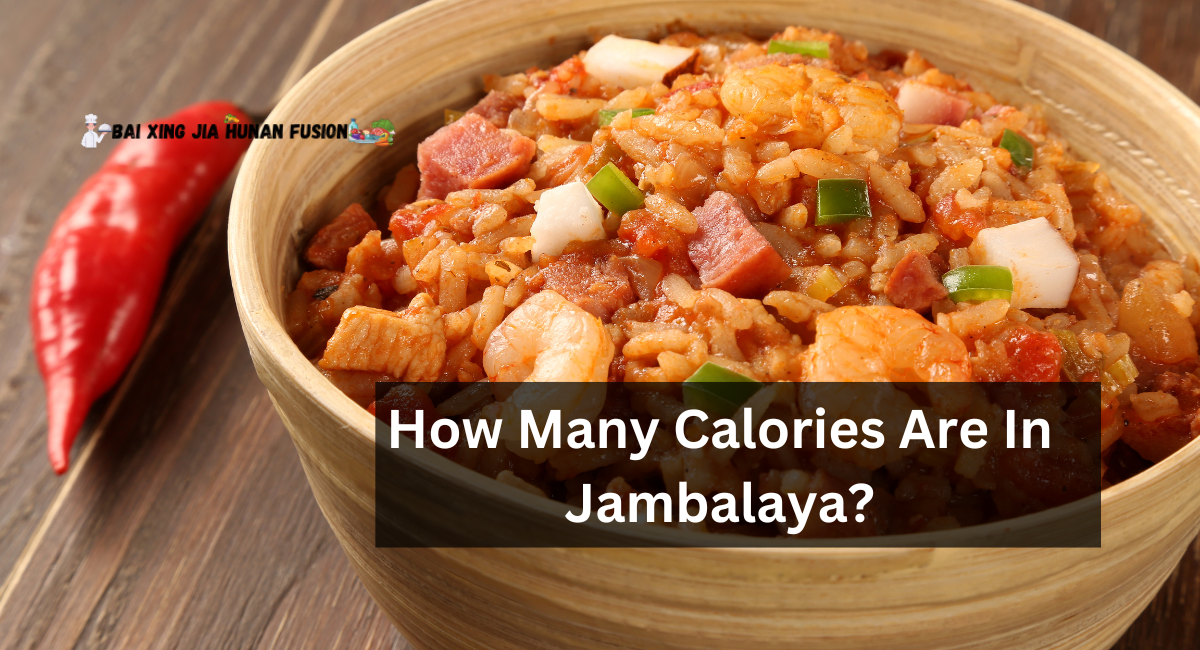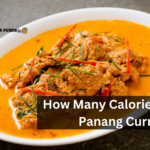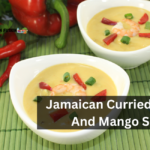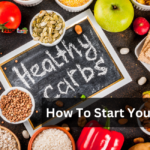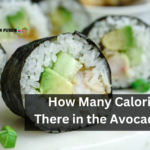Jambalaya is frequently the dish of choice for comfort cuisine with a zesty twist. This Creole and Cajun-inspired dish combines rice with various flavorful ingredients, including sausage, chicken, shrimp, and various seasonings.
However, for those of us maintaining a close watch on our caloric intake, the question remains: how many calories are in Jambalaya? In this Article , we’ll talk about what goes into this tasty dish so that you can get a full answer while enjoying the taste of Jambalaya.
What Is The Jambalaya?
Rice, meat, seafood, and vegetables are combined in a single saucepan to create Jambalaya. Jambalaya, influenced by French and Spanish cuisine, is similar to paella. The name “jambalaya” most likely originates from the Provencal word “jambalaya,” which means hodgepodge.
As with many Cajun and Creole dishes, Jambalaya begins with the Cajun sacred trinity: a base of onion, bell peppers, and celery.
How Many Calories Are In Jambalaya?
The caloric content of Jambalaya can differ, but a typical cup contains between 300 and 400 calories. This dish’s calorie count is contributed to by rice, poultry, sausage, and spices. However, the exact number can change based on how the recipe is made and what ingredients are used.
Recipe Of Jambalaya
Here is the recipe of Jambalayo :
Jambalaya Ingredients
These are the necessary ingredients for making the finest Jambalaya of your life:
- Oil: Peanut oil is used to sauté chicken and andouille sausage.
- Sausage: For the most authentic Jambalaya, choose andouille.
- Chicken : Cut one pound of boneless, skinless chicken breasts into bite-sized portions.
- Seasonings and spices: This chicken and sausage jambalaya is flavored with Cajun seasoning, raw garlic, red pepper flakes, salt, pepper, hot sauce, Worcestershire sauce, and file powder.
- Vegetables: You will require an onion, green bell peppers, and celery.
- Rice: For this jambalaya recipe, select regular white rice.
- Broth: Use chicken broth, either store-bought or homemade, to boil the rice.
Cooking Time
- Prep Time: 20 mins
- Cook Time: 45 mins
- Total Time: 1 hr 5 mins
Direction
- Cook the meat: Cajun seasoning should be applied to the chicken and sausage before cooking. The sausage is browned in a skillet, then removed with a slotted spatula and set aside. Lightly brown the chicken on all sides in a sauté pan. Remove and put aside with a slotted spoon.
- Cook the vegetables: In the same saucepan, sauté the garlic, onion, celery, and bell pepper until tender. Mix in the minced tomatoes and spices. Add meat and simmer for ten minutes.
- Add the rice: Mix the rice and chicken broth. Bring to a boil, lower the heat, and cook until all the juice is absorbed.
Facts about nutrition per serving
- Approximately 465 calories
- Fat 20g
- 42g carbohydrates
- Protein 28g
Benefits
Here are some benefits of Jambalaya:
- Rich Protein Source: Jambalaya is a protein-rich dish that incorporates lean protein sources from various sources. Primarily composed of chicken, seafood, and sausage, these foods provide the body with essential amino acids. These proteins are vital for muscle repair, immune system support, and overall growth and development.
- Abundant in Vitamins and Minerals: Vegetables, such as onions, bell peppers, and celery, are prominent among the Jambalaya’s constituent roster, which is rich in vitamins and minerals. There are many different vitamins and minerals in these veggies. For example, bell peppers are a great source of vitamin C, which boosts the immune system and helps the face make collagen. Onions provide vitamin A, essential for vision and immune function, whereas celery provides potassium, vital for regulating blood pressure.
- Fiber-Rich Content: Jambalaya often features rice and vegetables, both of which are high in dietary fiber. Fiber is essential to a healthy diet because it keeps you from getting constipated and helps you have regular bowel movements. In addition, it stabilizes blood sugar levels, making Jambalaya a diabetic-friendly option.
- Spices and Antioxidants: The spices used liberally in Jambalaya, such as thyme and paprika, are not only used for flavor but also carry a powerful antioxidant punch. Antioxidants are compounds that combat oxidative stress in the body, lowering the risk of developing chronic diseases. Thyme, for instance, is laden with antioxidants such as thymol, which have anti-inflammatory properties.
- Sustained Energy: Jambalaya is a filling dish that provides sustained energy. The carbohydrates in rice keep you feeling full and content for extended periods. This sustained vitality will allow you to remain active and vigilant throughout the day.
- Healthy Fats: While both sausage and seafood contain fats, the fats they contain are healthful. Omega-3 fatty acids, known for their heart-protective properties, are particularly abundant in seafood. Depending on the type of sausage, it may have monounsaturated fats, which are good for the health of your heart and brain.
- Customization for Health: The beauty of Jambalaya resides in its versatility. You can alter the recipe to make it even more nutritious. Opt for lean cuts of meat or seafood, use whole-grain rice for added fiber and nutrients, and reduce the amount of oils and fats used in preparation to reduce the overall calorie and fat content.
- Balanced Meal Option: Option for a Well-Rounded entrée Jambalaya can serve as a complete entrée. However, coupling it with complementary side dishes, such as steamed vegetables or a fresh salad, elevates its nutritional profile. This combination ensures you receive a wide variety of nutrients in a single meal, promoting your health.
Thanks for visiting our site hope you like it ..
